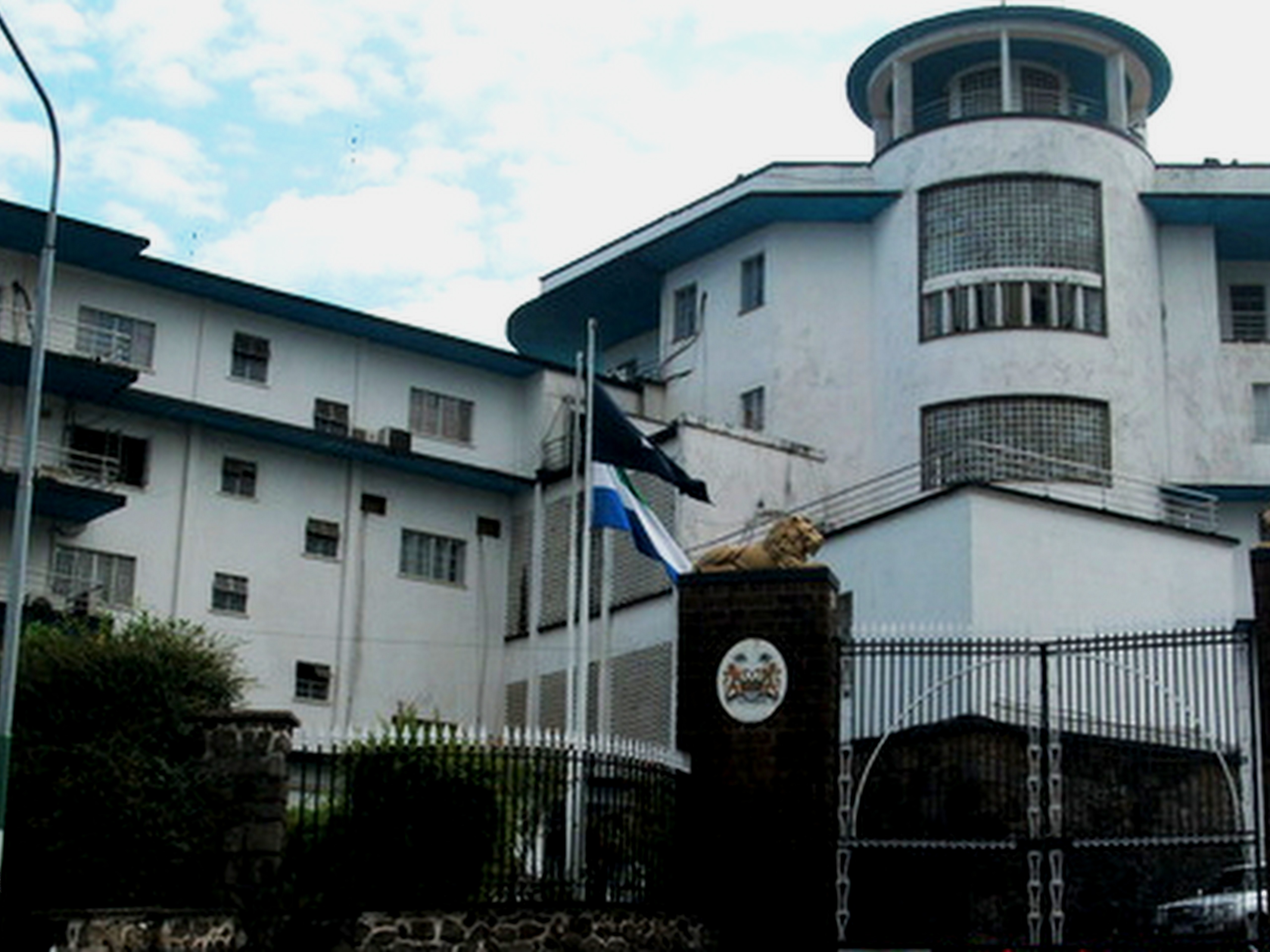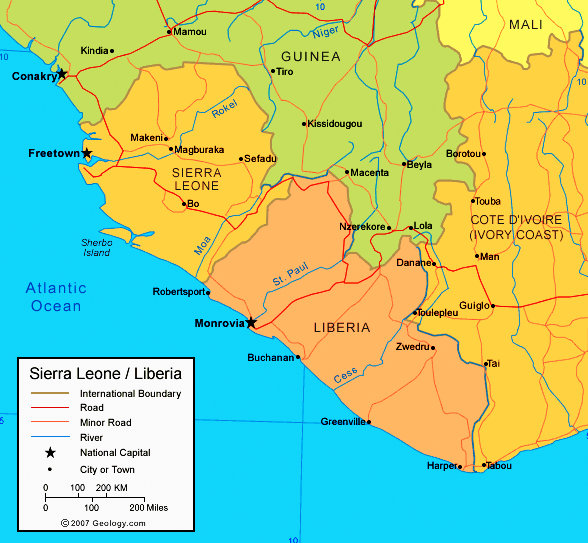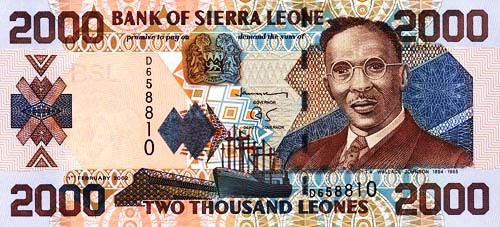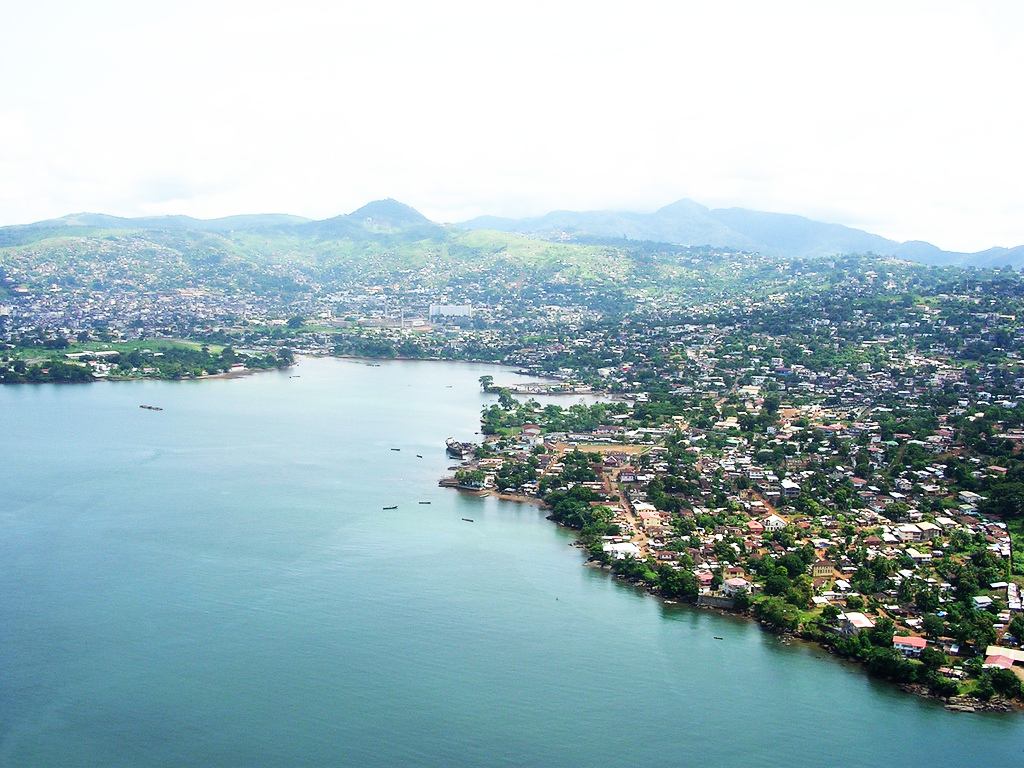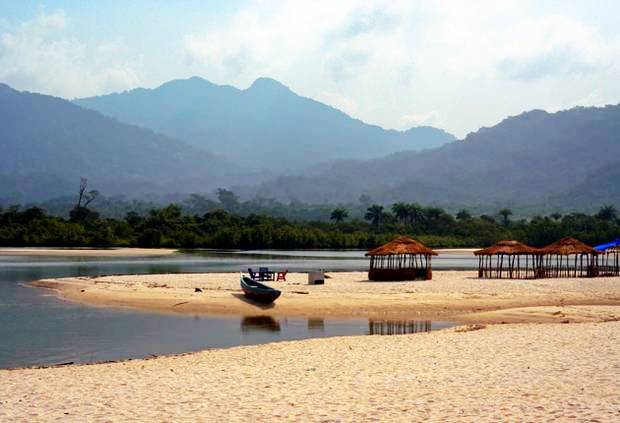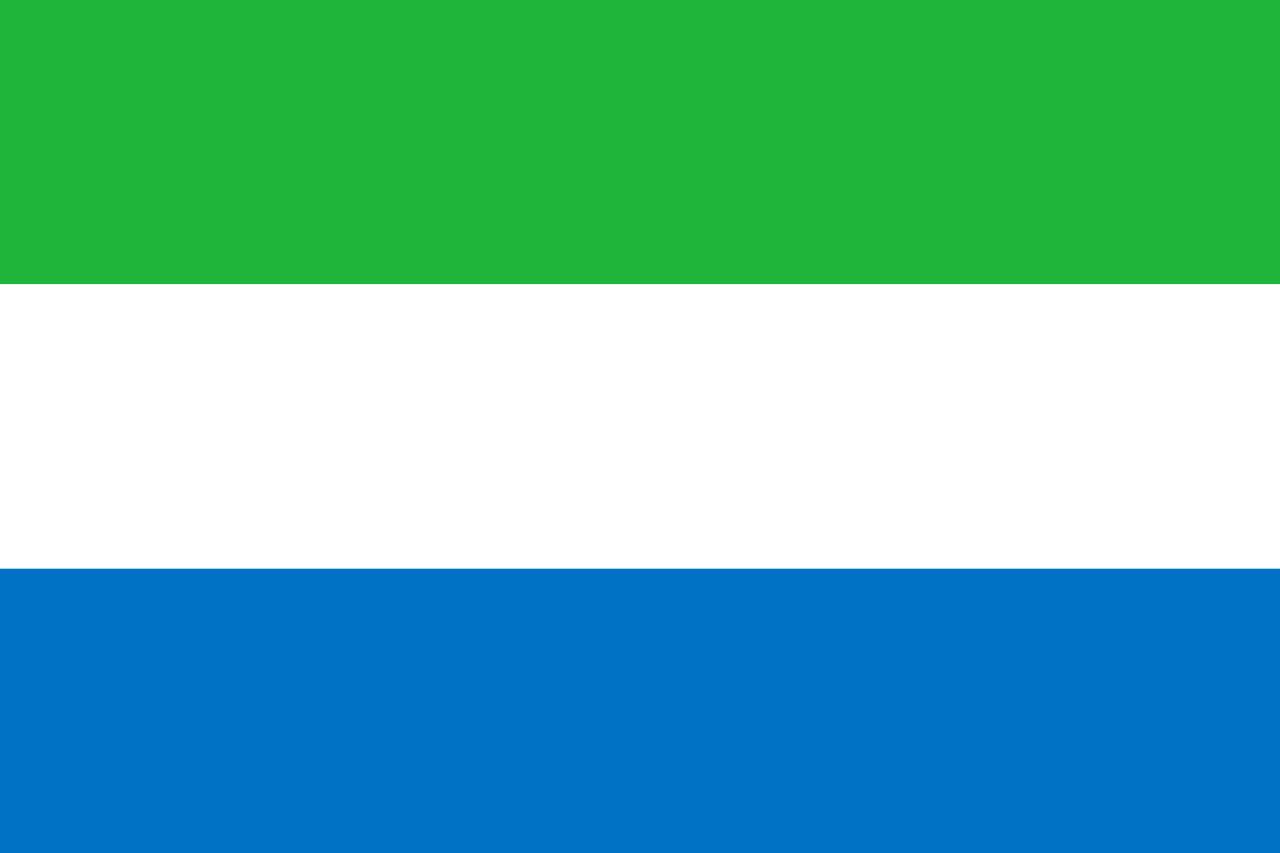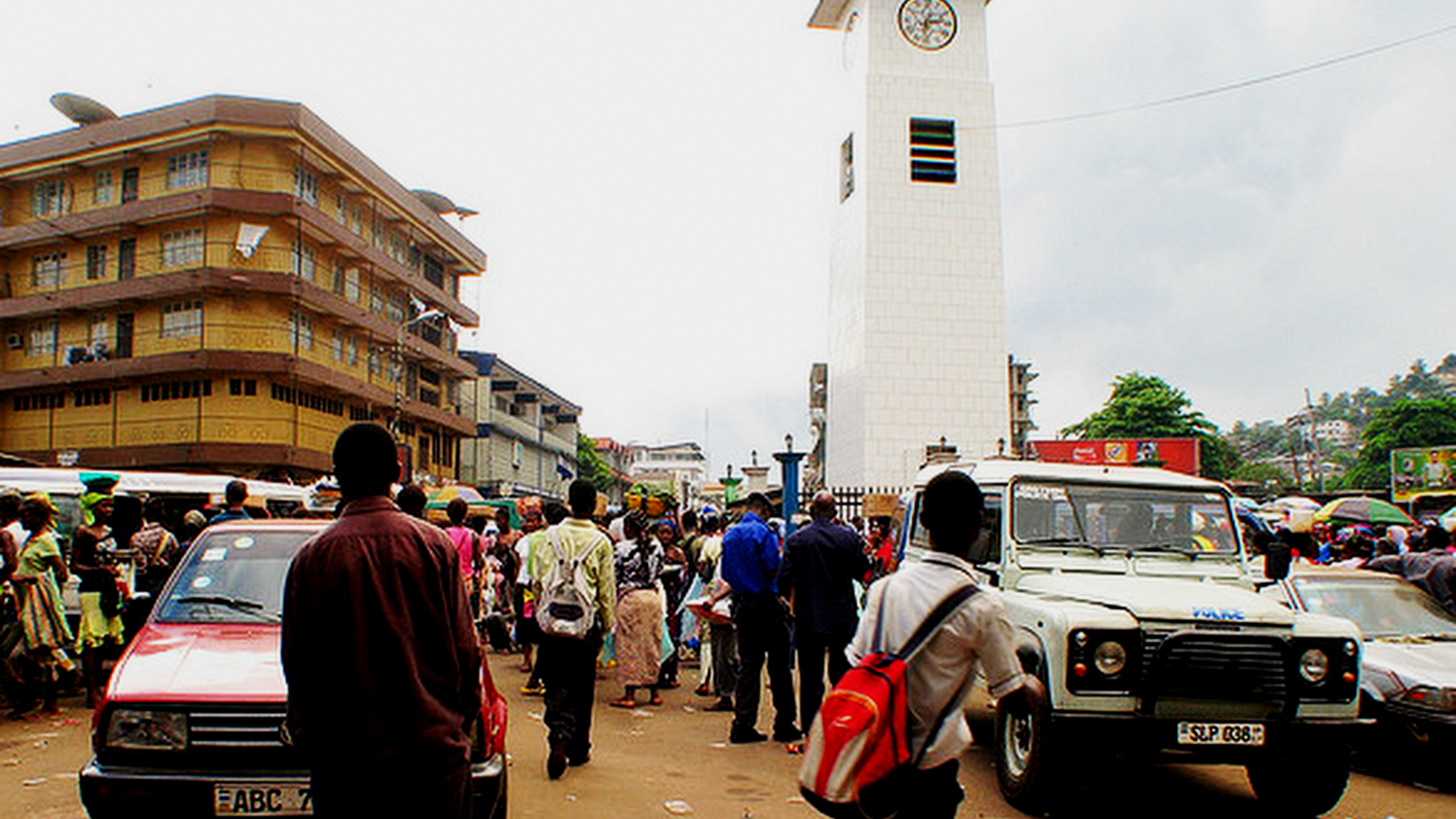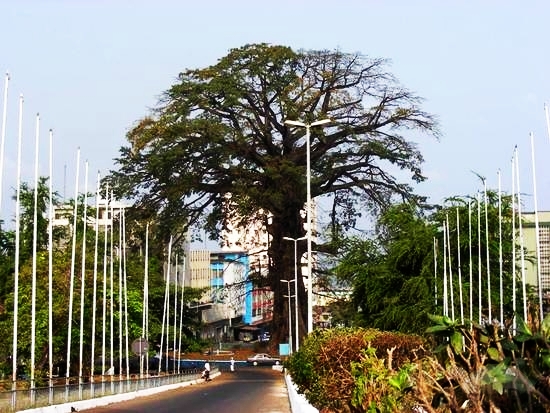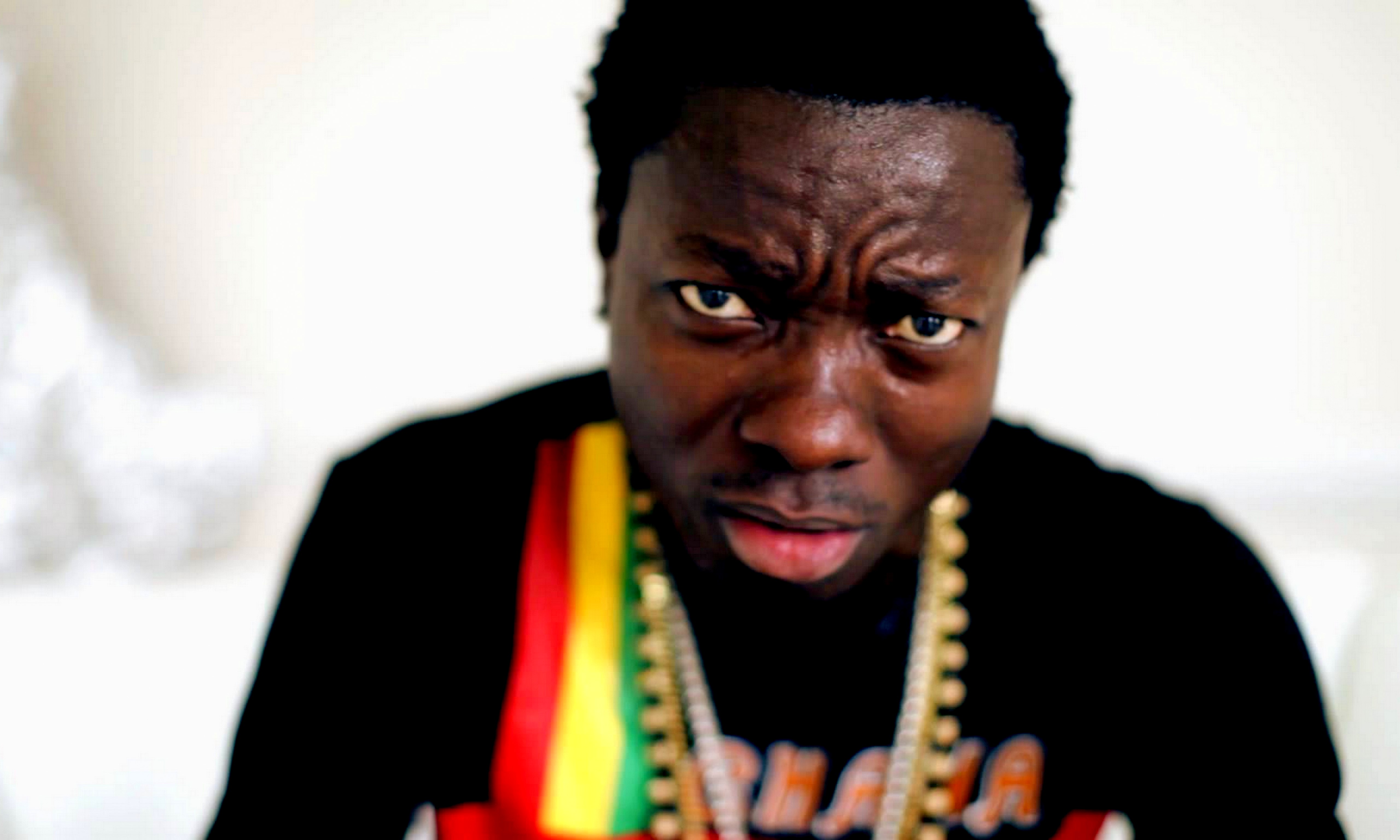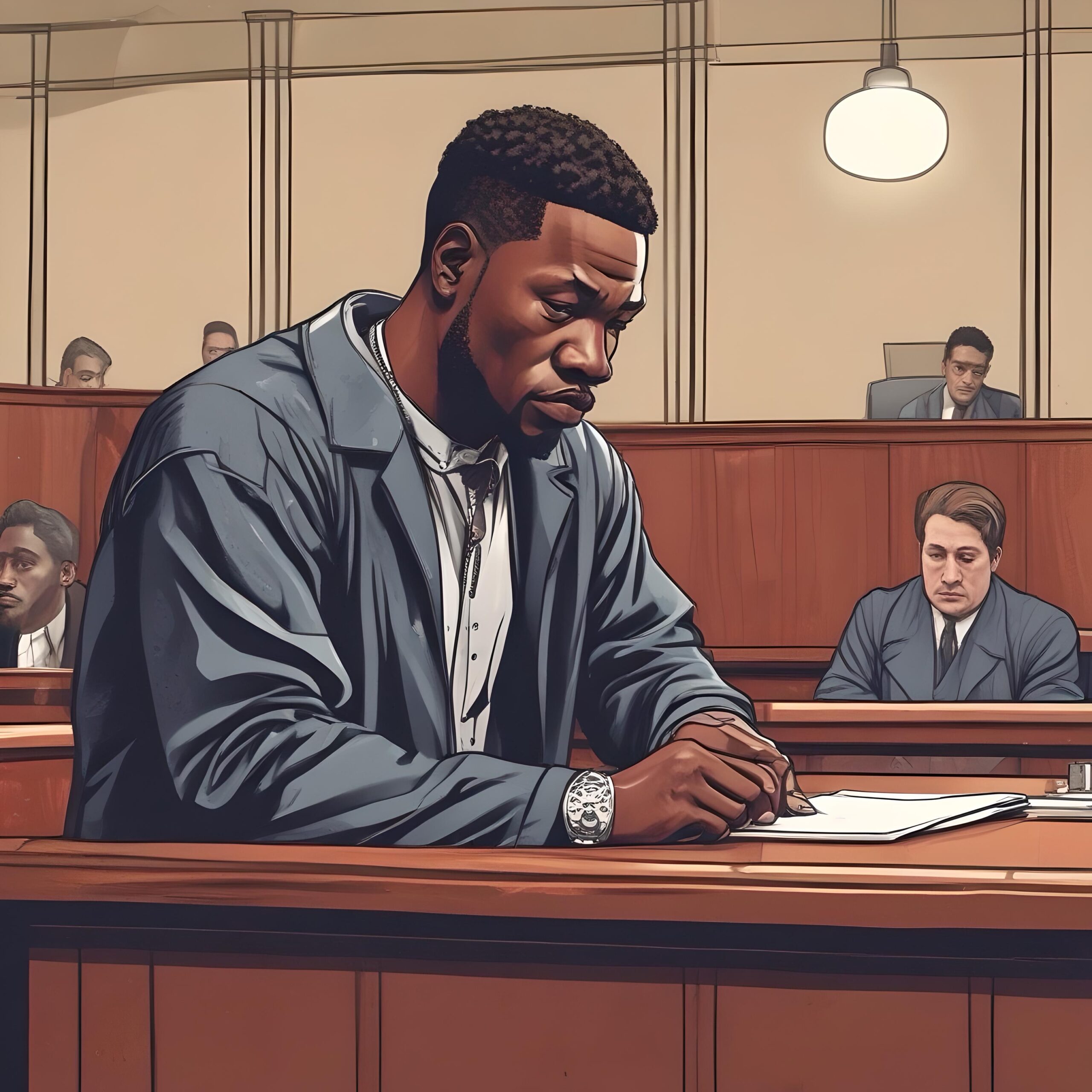In the West, there is a propensity to analyze West Africa under dim light. This light is much like the light of slave trading Europeans shed on Africa as – ‘a dark continent.’ This view comes from a racist indoctrination designed to mislead people against the prominence of African heritage. As one who has traveled from Africa to the United States and Canada, coming from West Africa, my shock was the inaccurate knowledge or opinions people have about Africa.
When most in the West plan a vacation, they avoid Ghana, Sierra Leone, Mali or The Gambia. For some reason, many do not know that places like Liberia, The Ivory Coast or Guinea have beautiful tourist attractions. It is with such hoodwink that I’ve decided to use my Hip Hop platform to unveil the true nature of West Africa.
I begin with my country of birth, Sierra Leone… I have heard ignorant annotations about tree dwelling bushmen and chauvinist ideas, misconstrued perceptions of polygamy and belittling comments of the academic, religious and political structure of West Africa. Some view West Africa as a plagued hub filled with poverty and diseases. Ironically, they revere the gold, silver, and diamonds found there.
The Current president of Sierra Leone is His Excellency, Dr. Ernest Bai Koroma. The nation uses Leoneans currency which is facilitated by The Bank of Sierra Leone. Foreign currencies can be exchanged at any of Sierra Leone’s banks as well as at hotels and in restaurants and by traders all over the country. Sierra Leone has a slew of natural resources including palm nuts, cocoa, coffee and a verity of tropical crops such as rice and maize are grown along with fruits and vegetables every day in tropical regions (mango, banana, orange, plantain, berries, peanuts, pineapples, etc.). The primary mineral resources bountiful in various parts of the country include spring water, oil, gold, diamond, rubber, bauxite, and rutile. Nightlife in Freetown can also be very adventurous.
The Republic of Sierra Leone is a prominent West African state located in what is described as a savanna/rain-forest region. With a population of 6.5 million inhabiting approximately 27,698 sq miles of land, Sierra Leone is a small nation. Its immediate neighbors are The Republic of Guinea across the north and west borders, The Republic of Liberia beyond the east and southeast borders and the Atlantic Ocean shields its natural beaches along the south and southwest. The capital city of Sierra Leone is Freetown. Sierra Leone is home to about fifteen (15) tribes, all of which have their own distinct culture and dialect inhabiting the several districts within the provinces and the Western Area where the capital is situated.
Sierra Leone is referred to as the ‘Athens Of West Africa’ because it housed West Africa’s first western-style university since in 1827 – Fourah Bay College. Before that were the old institutions of Timbuktu, Mali. Sierra Leone also has the most extensive natural harbors in the world. The major key-port in Freetown is known as Queen Elizabeth II Quay or The Government Warf. It is the second largest in the world. For those who wonder why Sierra Leoneans are exceedingly proficient in English, the reason is that it administrates a very active British school system where British English is the official Language spoken at schools, businesses, government establishments and the Sierra Leone media.
More to the point, Krio, a dialect of broken English containing elements of French, Portuguese Dutch as well as phrases from some of the most prominent dialects in the country, is spoken as a second language. Nearly every Sierra Leonean speaks or understands Krio in addition to their tribe dialect. Krio is the linguistic thread that ties the tribes together, but along with it, many from the South will speak Mende, which is from a mother tribe of a family of Mande tribes throughout West Africa. In the North, they talk Temne which comes from an ancient trade-oriented tribe that dates back to the Trans-Saharan trade era and the Ghana and Mali Empire. In the East, are more Mende and Temne speaking people as well as Limbas who dwell among members of other prominent tribes.
Sierra Leone is English for Serra de Leão’, which is Portuguese for lion mountain. In ancient folklore from the 1400s, a Portuguese by the name of Pedro da Cintra, set foot in Sierra Leone when it was known as Romarong. He was taken aback by its mountainous landscape and renamed it – lion mountain. During the Trans Atlantic Slave Trade that followed shortly after Europeans under the guise as explorers frequented West Africa, Sierra Leone was one of the hubs along the coasts of Africa, where people were assembled before being shipped to Europe and America as slaves.
Centuries later she will be a focal point for the return of freed slaves from the West Indies, Canada, Europe, and America. At one time Sierra Leone had two regions, namely – Freetown (which is the capital) and the British Protectorate (which is the provinces). Both parts were joined under a Crown Colony after a civil war against the British. Tribal warriors were defeated by the sophisticated British Army that sort to tax them for their huts. This is known as the Hut Tax War. In 1961 Sierra Leone won its independence and ended nearly one hundred years of British dominance. However, after that Sierra Leone maintained historical ties with the British.
Sierra Leone represents Unity, Freedom, and Justice. The flag has three (3) stripes. A green line to epitomize the natural resources, agriculture and the lion mountains, white stripe for unity and justice and a blue stripe that signifies the natural harbors and peace. Citizens of Sierra Leone pledge their allegiance to the flag and Coat of Arms with national pride in the national anthem.
The central Government of Sierra Leone is administrated out of the capital where it governs via a constitution which is implemented through Parliament and the Supreme Court. Sierra Leone has a national Police force and a revered Criminal Investigation Division known as the CID and a National Armed Force, Navy and Ports Authority. She is a member of the United Nations Security Council and has embassies all over the world and the United Nations. A significant bulk of Sierra Leone’s inhabitants make a living from agriculture, cattle grazing, mining, export, trade, tourism and performing arts. Even though the constitution provides freedom of religion, the majority of Sierra Leoneans are Muslims. Christianity is the second largest religion leaving what is known as African Tribal Religions (witchcraft) to the third form of worship.
Tribal religions have been linked to ancient faiths of Africa that existed before the spread of Islam and Christianity. Some of Sierra Leone’s monuments are the Clock Tower which is located near the Eastern Police Headquarters and a Cotton Tree located in the heart of Freetown. Sierra Leone has an international airport located outside of the city in a town called Lungi which can be accessed from Freetown via a ferry ride across the Sierra Leone river.
For more information on the current news from Sierra Leone, please visit COCORIOKO NEWSPAPER.
